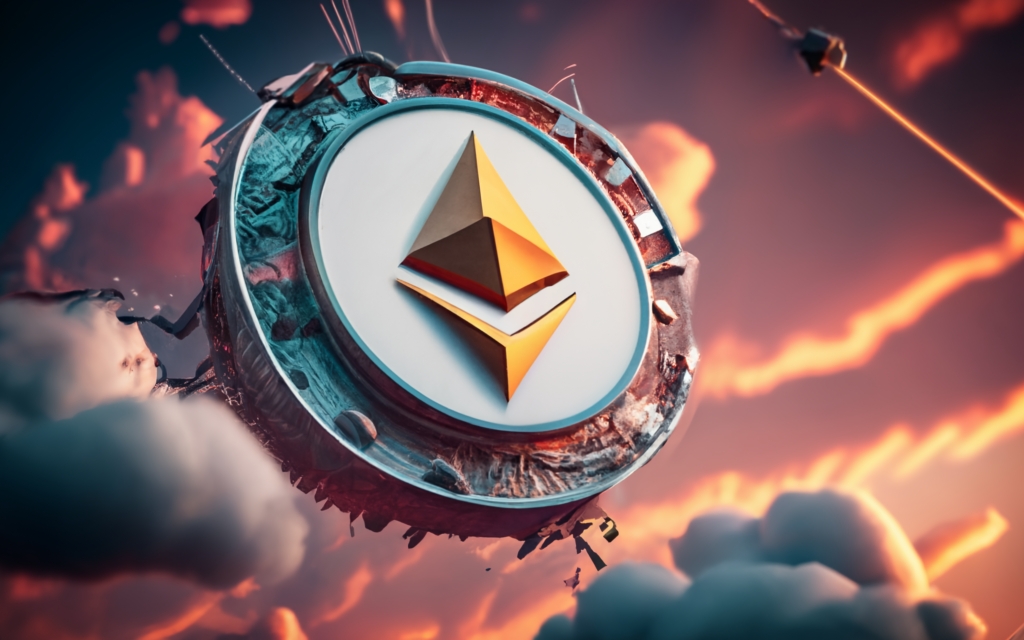In the ever-evolving world of cryptocurrencies, innovation is the name of the game. While Bitcoin and Ethereum have held the throne for years, a new contender has emerged: Core DAO. This groundbreaking platform combines the best of both worlds, offering the security and decentralization of Bitcoin, and the smart contract capabilities of Ethereum. In this comprehensive article, we’ll delve into the fascinating realm of Core DAO, exploring its features, benefits, and its potential to challenge the established giants of the crypto world.
The Genesis of Core DAO
The birth of Core DAO marks a significant milestone in the cryptocurrency universe. It was created with the aim of addressing the limitations of Bitcoin and Ethereum while harnessing their strengths. Let’s explore the genesis of this revolutionary platform.
Satoshi Plus Consensus: A Game Changer
At the heart of Core DAO lies the Satoshi Plus Consensus mechanism. This innovative approach combines the proof-of-work (PoW) model, akin to Bitcoin, with Ethereum’s proof-of-stake (PoS) system. The result is a blockchain that is both secure and energy-efficient, solving two critical issues that have long plagued the crypto world.
Key Features of Core DAO
Core DAO boasts a myriad of features that set it apart from its predecessors. Here are some of the standout attributes:
1. Enhanced Security
With its hybrid consensus mechanism, Core DAO provides an unprecedented level of security. It mitigates the risks associated with a single consensus model, making it resistant to 51% attacks and other threats.
2. Lightning-Fast Transactions
Core DAO’s architecture enables lightning-fast transactions, addressing the scalability concerns that have hindered Bitcoin and Ethereum. Users can enjoy quick and efficient transfers without the congestion issues prevalent in other networks.
3. Smart Contracts 2.0
Taking a page from Ethereum’s book, Core DAO introduces Smart Contracts 2.0. These contracts are more versatile, efficient, and customizable, opening up a world of possibilities for developers and businesses.
4. Ecosystem Growth
Core DAO is not just a cryptocurrency; it’s a thriving ecosystem. Its native token, CORE, fuels the network and incentivizes users, miners, and developers to actively participate in its growth.
Core DAO vs. Bitcoin and Ethereum
A. Security Showdown
Core DAO’s Hybrid Security
Core DAO’s hybrid consensus model provides robust security, combining the strength of PoW and PoS.
Bitcoin’s PoW Dominance
Bitcoin relies solely on PoW, which, while secure, consumes substantial energy and is vulnerable to centralization.
Ethereum’s Transition to PoS
Ethereum is in the process of transitioning to PoS, aiming for energy efficiency but facing challenges along the way.
B. Speed and Scalability
Core DAO’s Lightning-Fast Transactions
Core DAO’s design ensures speedy transactions and scalability, addressing one of Bitcoin and Ethereum’s most significant pain points.
Bitcoin’s Slow Transaction Speed
Bitcoin transactions can be slow, especially during high-demand periods, leading to delays and frustration.
Ethereum’s Scaling Challenges
Ethereum has grappled with scalability issues, resulting in congestion and high gas fees.
FAQs
Core DAO’s main advantage lies in its hybrid consensus mechanism, combining the security of Bitcoin with the efficiency of Ethereum’s PoS system.
To participate in the Core DAO ecosystem, you can acquire CORE tokens and use them for transactions, staking, or participating in governance decisions.
Yes, Core DAO’s hybrid consensus mechanism is more energy-efficient compared to Bitcoin’s PoW, making it a greener alternative.
Smart Contracts 2.0 are an evolution of traditional smart contracts, offering enhanced functionality and flexibility for developers.
CORE tokens can be mined by participating in the Core DAO network as a miner and contributing to the consensus mechanism.
The future looks promising for Core DAO, with its innovative approach to blockchain technology poised to disrupt the crypto landscape.


